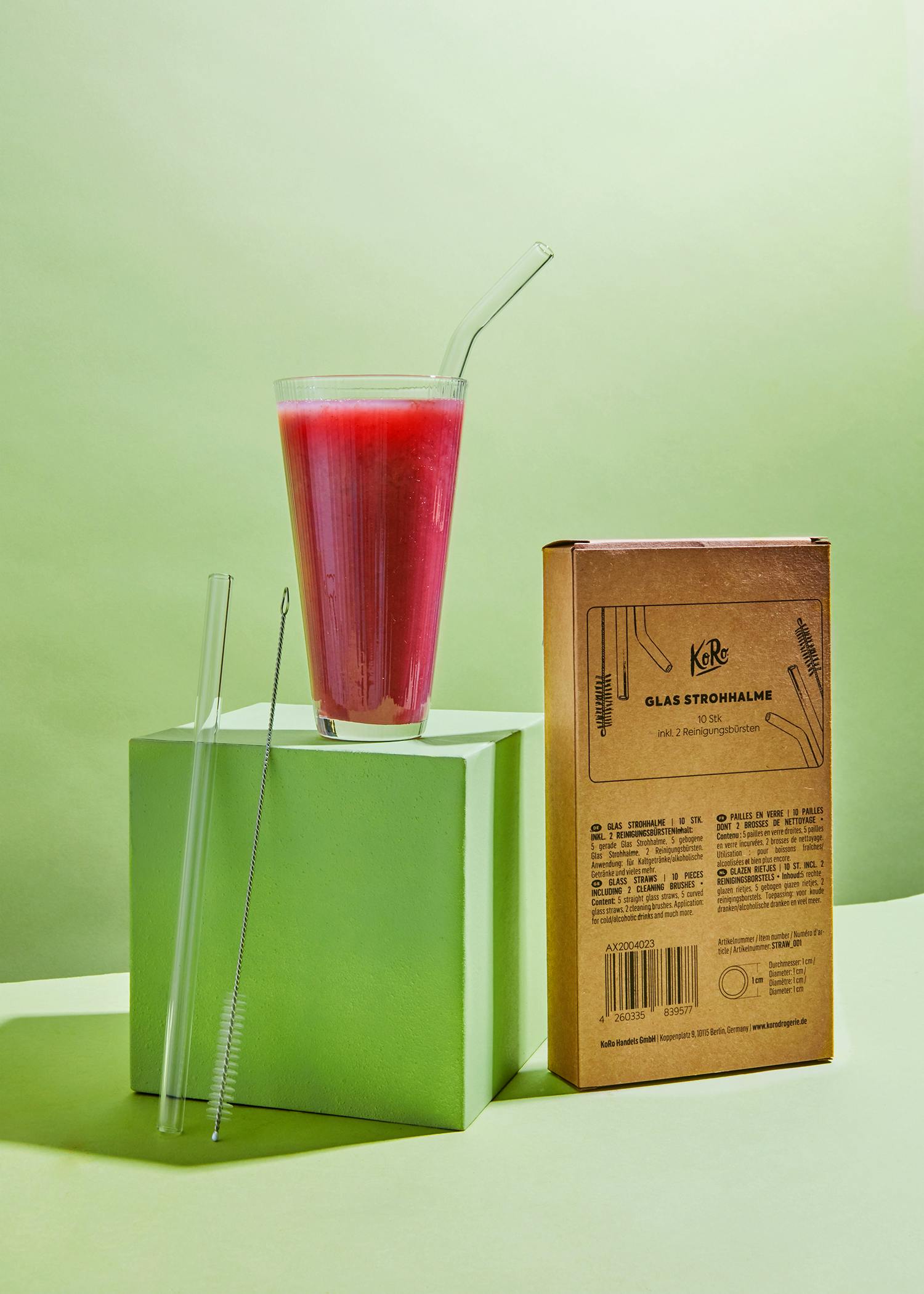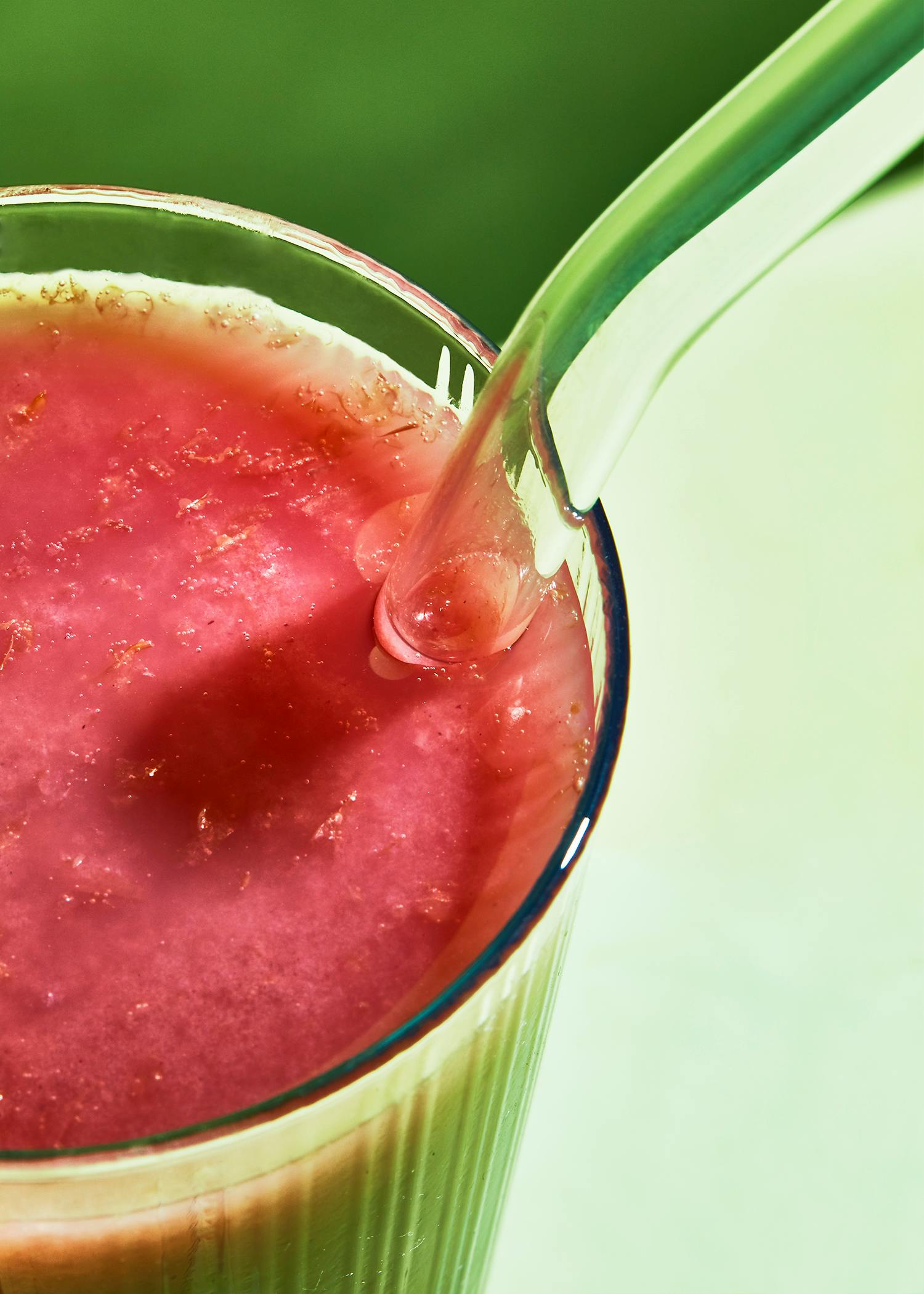Where does mate come from?
When do you think mate was discovered? Before you research the answer quietly and secretly, we have it ready for you: mate was eaten raw directly from the bush by the Kainkang people 3000 years before Christ, i.e. 5000 years ago! The Kainkang are an indigenous people in southern Brazil. However, a little later it was the Guarani, an indigenous people from Uruguay, Paraguay, Argentina and parts of Brazil, who first infused the mate leaves with hot water and enjoyed them as tea. They did this with the help of a special straw, or rather "sugar cane straw", known as a bombilla. This straw, specially designed for mate tea, has a sieve at the bottom so that only the tea water is sucked up when drinking. This means you don't have to fumble the mate leaves out of your teeth at the end. Nowadays, most bombillas are made of stainless steel or metal and are sometimes elaborately decorated. As you can see, every detail was thought of 5000 years ago and is still thought of today to make the mate experience as smooth and beautiful as possible.
Mate ceremonies
Drinking mate tea has a long tradition in parts of South America and even involves a ceremony. The cebador, the master of ceremonies, is responsible for the preparation, infusion and distribution of the tea. The tea is traditionally served in a calabash. Kale-what? This is a type of gourd with a very long neck. That's why it tells you at first sight why it is also called bottle gourd. Once the pumpkin has been hollowed out and dried, the mate tea can be poured into it and served with a bombilla. Wait, stop, not quite so fast! Because if you want to serve your mate tea in the traditional way, you need to follow a few rules. We would like to introduce you to a few of them for your next mate trip to South America. The first infusion is always drunk by the host, as this is usually the bitterest. This is a sign of appreciation and friendliness. In addition, everyone drinks from just one calabash and one bombilla, which is passed around. The bombilla is not moved once it has been positioned to prevent mate leaves from getting into the filter. You should also avoid using the word "thank you", at least until you have had enough of the aromatic tea. Of course, we know that as a friendly guest you want to thank your host for the delicious mate tea, but in this context 'thank you' means 'no, thank you' and you could upset the cebador. If you want to pass on the calabash, always pass it the right way round. Because even if you are not superstitious, you should not neglect the traditions and values of this ancient ritual out of respect. Phew, quite a lot to remember, isn't it? Always remember: offering a mate tea is a sign of friendship and openness, so the others in the group will certainly offer you friendly help and support if you get stuck.
Mate = mate tea?
In fact, the mate we know in this country has little to do with the traditional hot drink from South America. A glance at the list of ingredients reveals that sugar has been added. In addition, there are usually no dried mate leaves, just a mate tea extract and various flavorings. But don't worry, we have of course found a remedy! With our roasted mate leaves, you can enjoy a real mate experience at home without any added sugar or other colorings, flavorings or preservatives! Are you wondering whether you will even like the taste of real mate tea? Our mate leaves contain a slightly smoky, intense aroma due to the gentle roasting process. Pour 5 tablespoons of them into a liter of water and leave to infuse for three to five minutes. Super easy! If you notice while drinking that it doesn't remind you enough of a cool mate on a warm summer evening, simply add some of your favorite sugar alternative.
Mate tea as a caffeine alternative to coffee
Are you still looking for a spicy coffee alternative in the morning? Then try mate leaves! They contain only slightly less caffeine than coffee, so the effect is said to be a little weaker, but longer-lasting and more consistent. We would like to tell you exactly how the caffeine content differs between the two delicious drinks, but it is very difficult to measure with mate tea. One reason for this is that the branches of the shrub are partially processed in mate powders, but contain less caffeine than the leaves. So if you drink our roasted mate leaves, for example, you are on the safe side in terms of caffeine. On the other hand, the difference between mate leaves or powder and tea water is not clearly defined and therefore, the caffeine content is difficult to quantify and compare. Mate tea is an aromatic alternative to coffee that you should definitely try!
Fancy a cozy drink? Try our creamy hazelnut latte, beet and rose latte with cardamom, or chocolaty chai cocoa with vegan cream topping.

